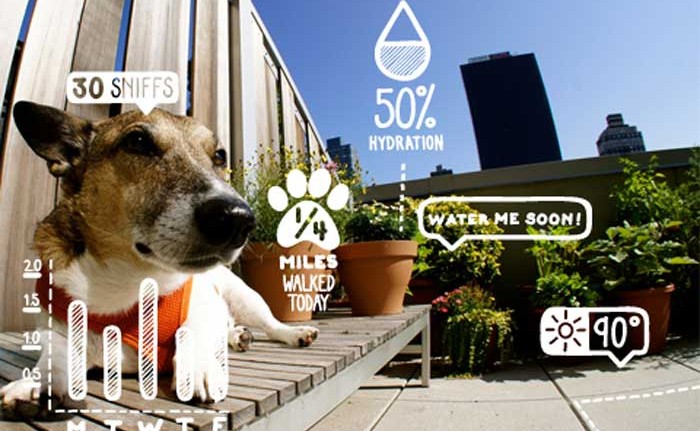How To Design UX For The Internet Of Emotional Things (IoET)
Personalization has become a major aspect for targeted marketing. Personalization algorithms are behavior-based and take into account your browsing history, the likes, shares and other activities on social media, recommendations, ratings, etc. But what these algorithms cannot decipher is how you actually feel upon seeing those products/services. You may spend a complete day browsing through stuff you did not like, and end up seeing those or similar products in your recommendations.
This scenario is quickly changing through the use of emotion-sensing technology. You may already be familiar with the reaction buttons (happy, sad, angry) recently deployed by Facebook. There are several other technologies that are trying to implement emotions in their operations. Most of them use a wearable device equipped with sensors to detect pulse, skin temperature, heart rate, blood pressure, etc., and detect emotions, though in a limited manner. More advanced versions use voice recognition and facial recognition features and perform suitable operations based on the mood of the user profiled by their choice of using words, vocal tone, etc. While currently, sources to collect data about user emotions are limited, this is bound to change as more industry leaders are turning from analytics to emotion-sensing. While Facebook is leading the way, Apple has recently acquired Emotient’s facial recognition tool and Ford is developing a conversational interface which will enable the car to sense your emotional state and react accordingly.
So, as more apps and websites will add layers to collect emotional data, designers will face a new challenge of creating an emotionally intelligent UX design. Here are some recommended strategies to consider when building UX design for the IoET.
Design to invoke and engage emotions
The underlying rule for UX designers is to induce simplicity and overcome friction. But for the Internet of Emotional Things, the design should engage the user emotionally, in terms of some measurable data. It should be a healthy mix of invisible experiences and an emotionally engaging one.
Adopt sensory experience
Emotion-sensing technology will be more than images and texts that appear on user’s screen. It will be more of a sensory experience that takes into account user’s gesture, facial expression, voice characteristics, emotional data collected through a wearable, etc. The design will be more like physical spaces, which trigger various emotions in a user, rather than simply a visual one.
Develop Emotional Sensitivity
For designers to be capable of taking users on an emotional ride, they should, first of all, have a complete understanding of emotions. There is more to emotion than happy, sad, angry and there is a difference between emotion and mood, so this should be reflected in your design. There are many apps and tools to help develop your understanding of emotions and implicate the same in your designs.
Design With Empathy
The underlying notions of empathetic designing will completely change in the future with more emotionally intelligent layers in apps and chatbots that are gaining momentum right now. The focus should be drifted towards how users react to emotionally intelligent apps and artificial intelligence (AI). The gap between the algorithms that dominate the UX design today and the user will be eliminated by a more empathetic UX design, as emotions are too complex to be handled by algorithms.

